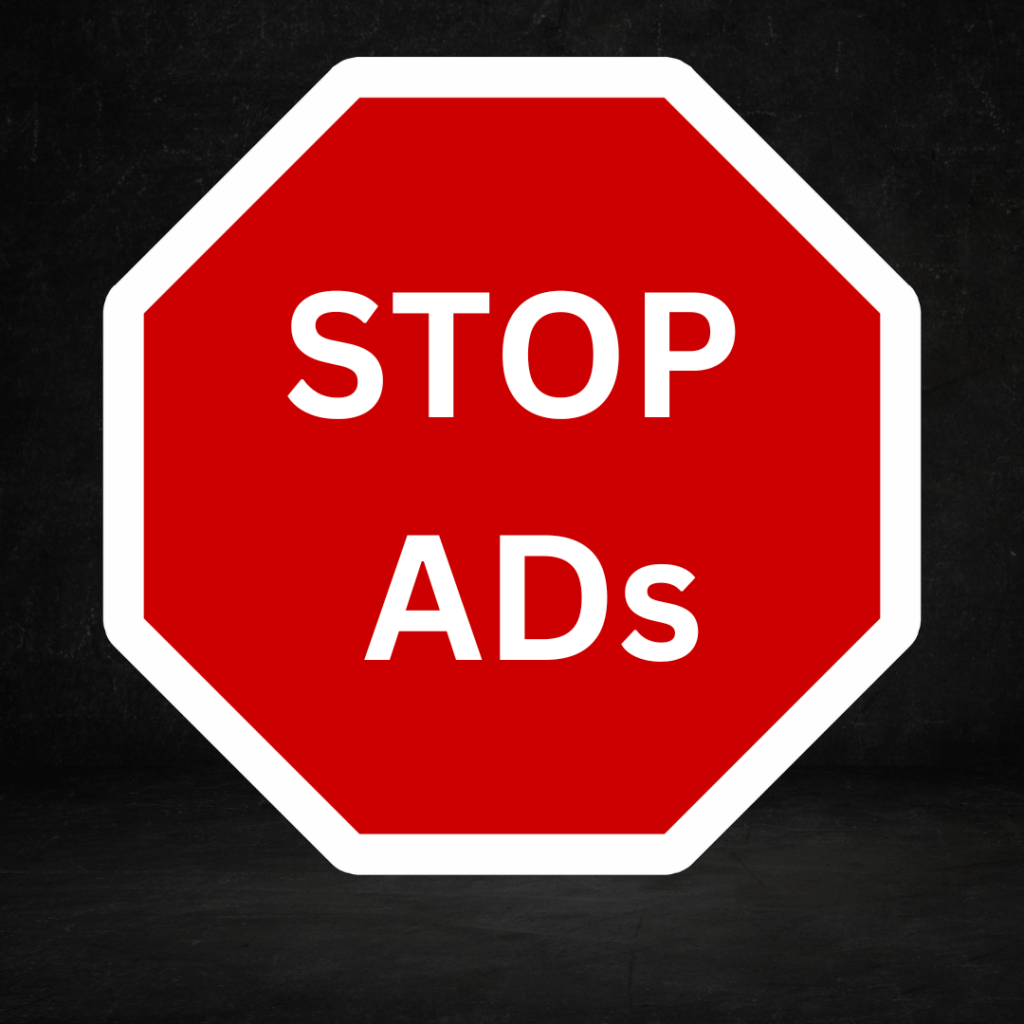Understanding Ad Blockers: What Are They
In today's digital age, our online experiences are often inundated with advertisements. Whether you're browsing the web, scrolling through social media, or even checking your email, ads seem to be everywhere. While advertisements serve as a vital source of revenue for many websites and online platforms, they can also be intrusive, disruptive, and sometimes even malicious. This is where ad blockers come into play.

So, what exactly are ad blockers? In simple terms, ad blockers are software tools designed to prevent advertisements from being displayed on websites and online platforms. They work by filtering out or blocking various types of advertisements, including banner ads, pop-ups, autoplay videos, and other forms of online marketing content.
The primary goal of ad blockers is to enhance the user's online experience by reducing clutter, improving page loading times, and minimizing distractions caused by ads. By selectively blocking ads, these tools enable users to focus on the content they're interested in without being bombarded by irrelevant or intrusive advertisements.
But how do ad blockers work? While the inner workings of ad blockers can be quite technical, the basic principle behind them is relatively straightforward. Ad blockers typically rely on one or more of the following methods to filter out ads:
- Blocklist-Based Filtering: Ad blockers maintain a list of known ad servers, domains, or specific elements commonly used for advertising purposes. When a web page is loaded, the ad blocker checks these lists and blocks requests to servers or elements on the list, preventing ads from being displayed.
- Pattern Matching: Ad blockers use pattern matching algorithms to identify and block elements on web pages that resemble typical ad components. This includes images, scripts, and HTML elements commonly used for advertising.
- Behavioral Analysis: Some advanced ad blockers analyze the behavior of web pages in real-time to detect and block ads dynamically. They may examine factors such as the size and placement of elements, the presence of tracking scripts, and other indicators of advertising content.
- User-Generated Filters: Many ad blockers allow users to create custom filters or subscribe to filter lists maintained by the community. These filters can target specific types of ads, such as pop-ups or autoplay videos, based on user preferences.
- Content Blocking Rules: Ad blockers may employ content blocking rules based on predefined criteria, such as the size of elements, the presence of certain keywords, or the frequency of ad displays.
Some critics argue that ad blockers deprive content creators of revenue and disrupt the balance of the online ecosystem. As a result, some websites may employ anti-ad-blocking measures or ask users to whitelist their sites to continue supporting their content financially.
In conclusion, ad blockers play a crucial role in improving the online experience for millions of users worldwide. By selectively blocking ads and reducing clutter, these tools empower users to take control of their browsing experience and enjoy the content they love without interruptions. However, it's essential to strike a balance between ad blocking and supporting content creators to ensure the continued sustainability of the online ecosystem.




